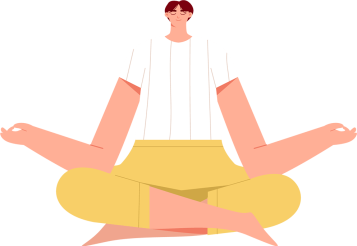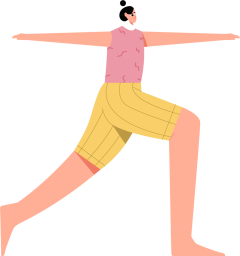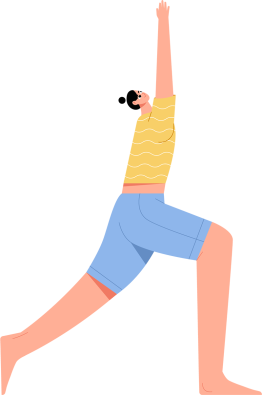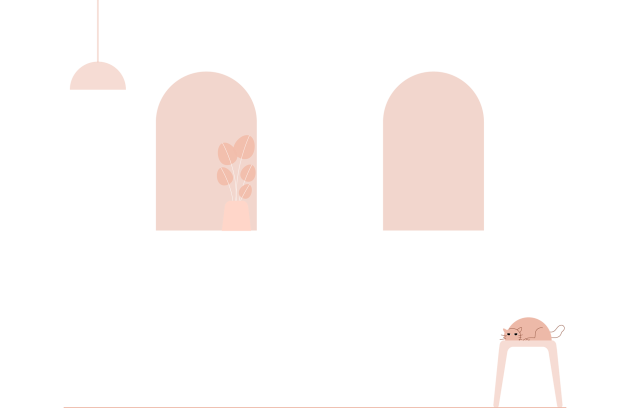Book Now!
0434 819 719

Text Now!
0434 819 719







Yoga is one of humanity’s most precious resources, a wellspring of wisdom that can enrich and enliven every facet of living with meaning, purpose, and dignity.
Generally, it is recognised as an ancient system of philosophies, principles and practices derived from the Vedic tradition of India and the Himalayas, more than 2500 years ago. It is a system that recognises the multi-dimensional nature of the human person and primarily relates to the nature and workings of the mind, based on experiential practice and self-enquiry.
In Yoga, the body, breath and mind are seen as a union of these multi-dimensional aspects of each and every human being. The system and various techniques of Yoga cultivate the experience of that union, leading to greater integration of being, internal peacefulness, and clarity of the mind. It is a system that is designed to cultivate health and unveil inner happiness, and a greater sense of self-awareness and higher consciousness.
Yoga improves health and general wellbeing (physical, emotional, mental and social) through the regular practice of a range of many different techniques, including postures and movement, breath awareness and breathing exercises, relaxation and concentration, self-inquiry and meditation.
Yoga is an approach to life that values appropriate effort, based on balance and harmony, within each person and with each other.
Meditation is a spiritual practice that involves relaxation, focus, and awareness. Meditation is to the mind what physical exercise is to the body. The practice is usually done in a still seated position or lying on your back (Shavasana) with eyes closed.
The ultimate goal of meditation is to become aware of awareness
In Psychology, meditation is defined as a family of mental training practices that are designed to familiarize the practitioner with specific techniques to calm and pacify the mind.
Meditation is practiced in one of three modes:
Concentration: focusing attention on a single object, internal or external (focused attention meditation)
Observation: paying attention to whatever is predominant in your experience in the present moment, without allowing the attention to get stuck on any particular thing (open-monitoring meditation)
Awareness: allowing awareness to remain present, undistracted and not engaged with either focusing or observing
Other characteristics of meditation include:
Meditation is an individual practice, even if done in groups (such as in a meditation retreat).
Meditation is often done with eyes closed, but not always (Zazen and Trataka, for example, are open-eye styles of meditation)
Meditation usually involves bodily stillness. But there are also ways to do walking or dancing meditation and to integrate mindfulness in other activities.
In meditation, we learn that we can’t understand the mind using the mind, so in meditation, we learn how to go beyond the mind
The mind is often compared to a pond or a lake. If the lake is constantly stirred up, constantly agitated by the elements, it is difficult to see very deeply into the water. We can only see what is at the bottom of the lake when it is quiet and still. Like a lake, the mind too can be agitated or still.
One of the conditions for being able to investigate the nature of our mind is the ability to be still. This is the first step in meditation – learning to quieten down through your breath. Unless we do this we will always be in a restless, worried state.




Working together, we can co-create a lifestyle that doesn’t just look good on the outside, but more importantly, feels good on the inside, improving every single aspect of our lives. Physically, mentally and spiritually. Naturally reconnecting with the wholeness of yourself.